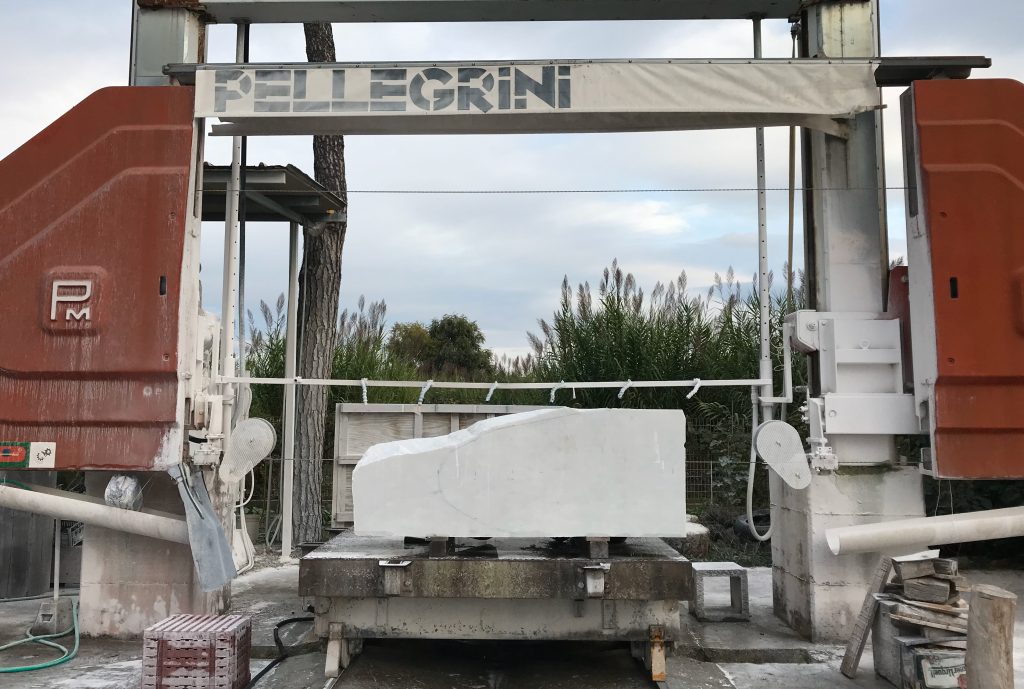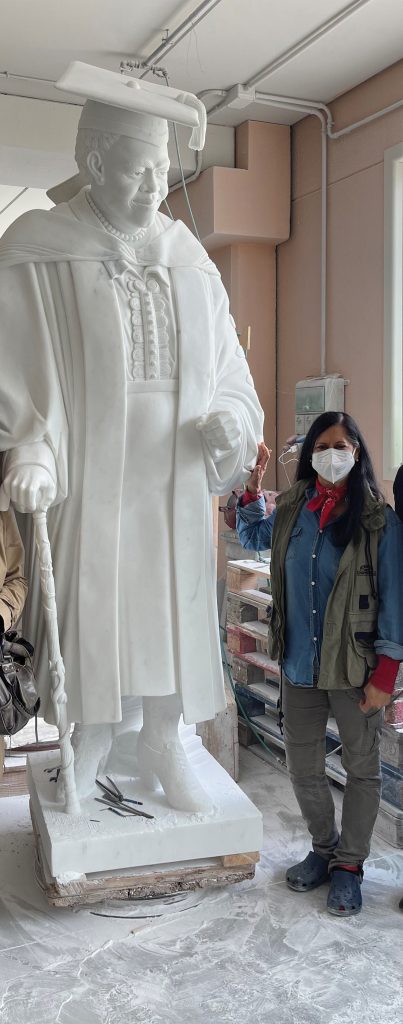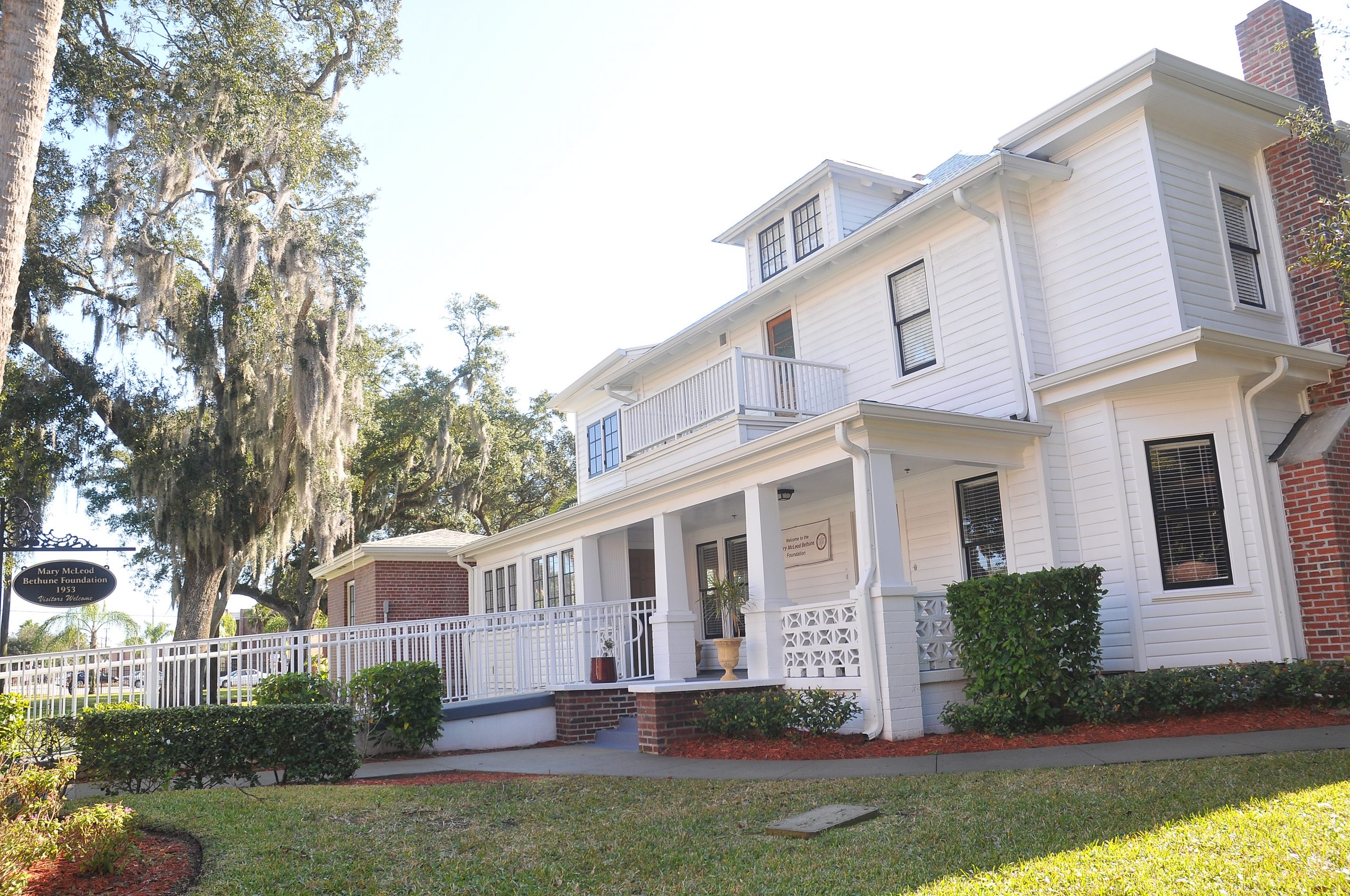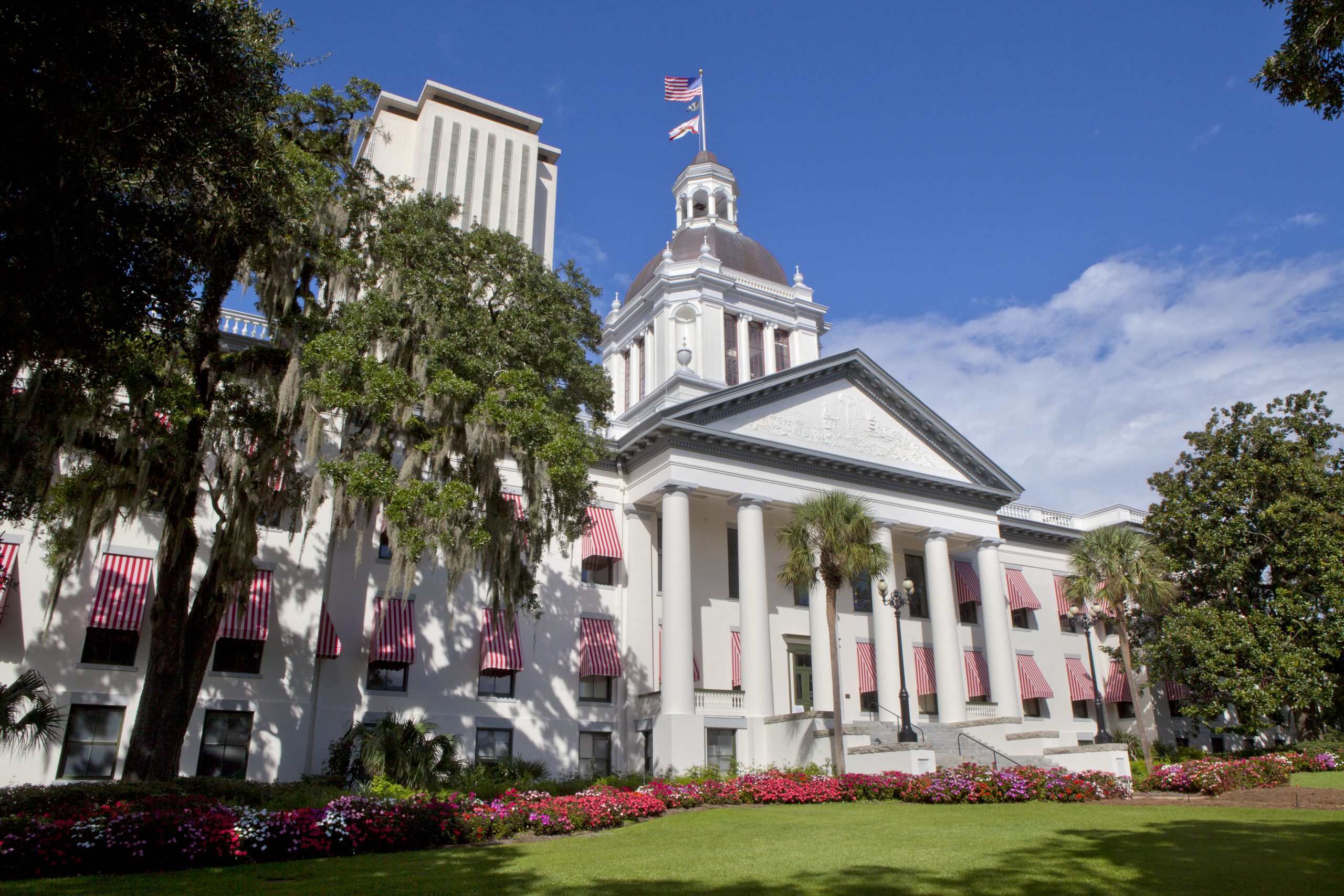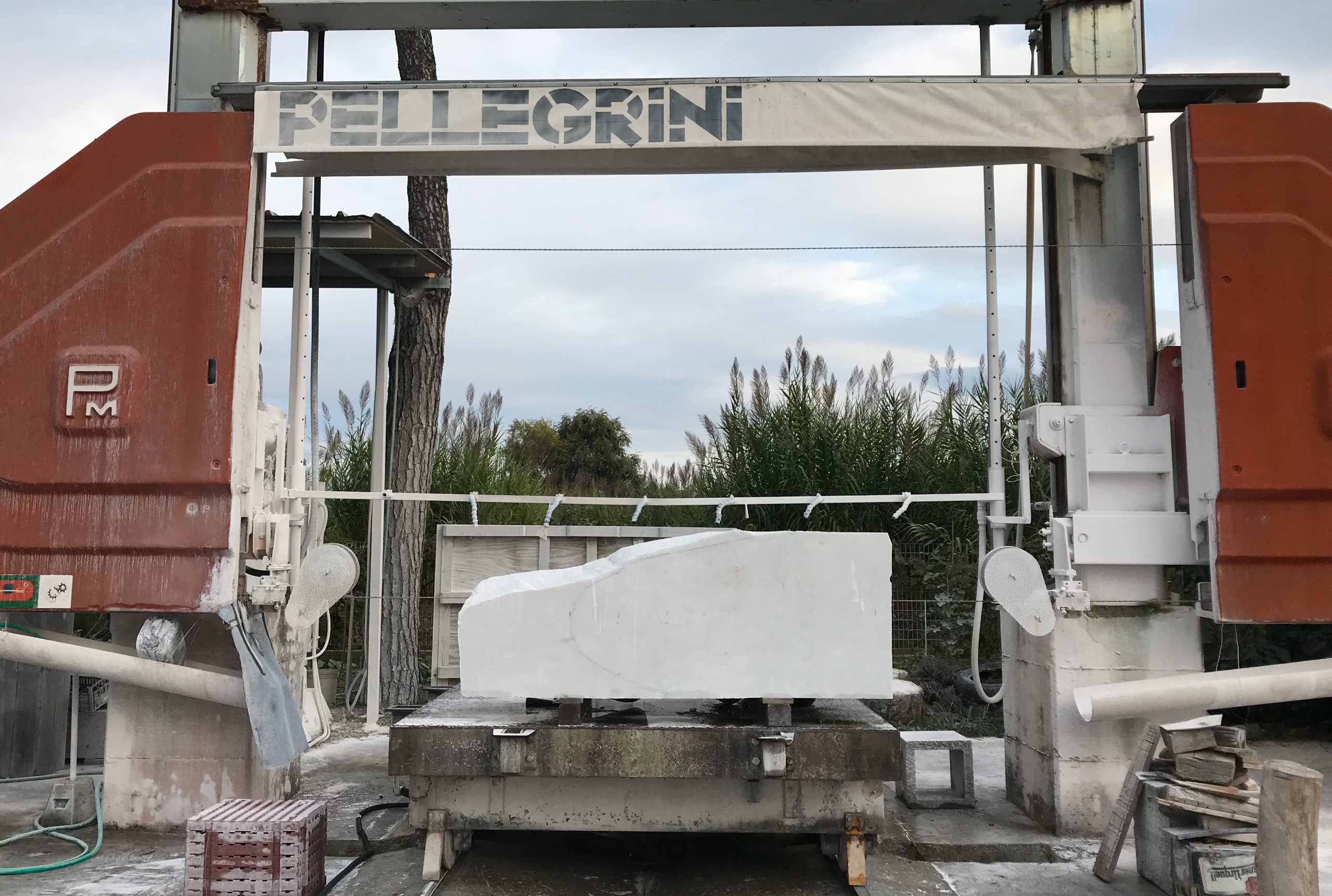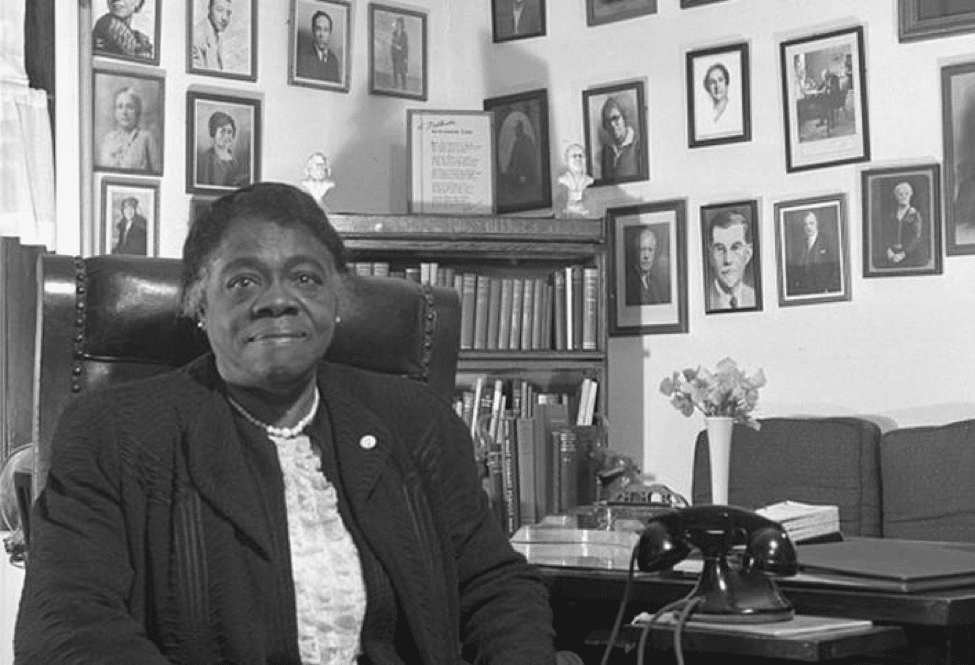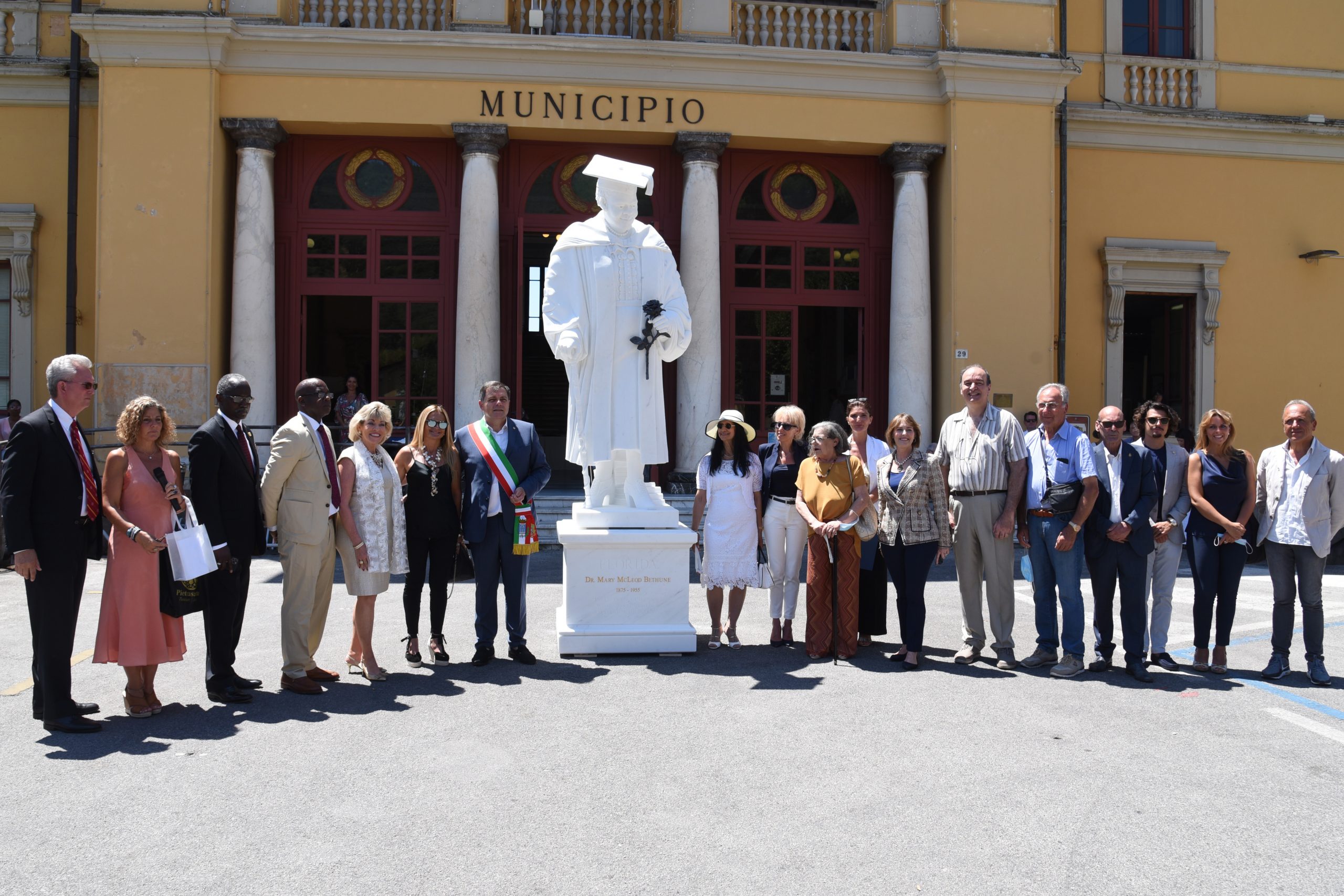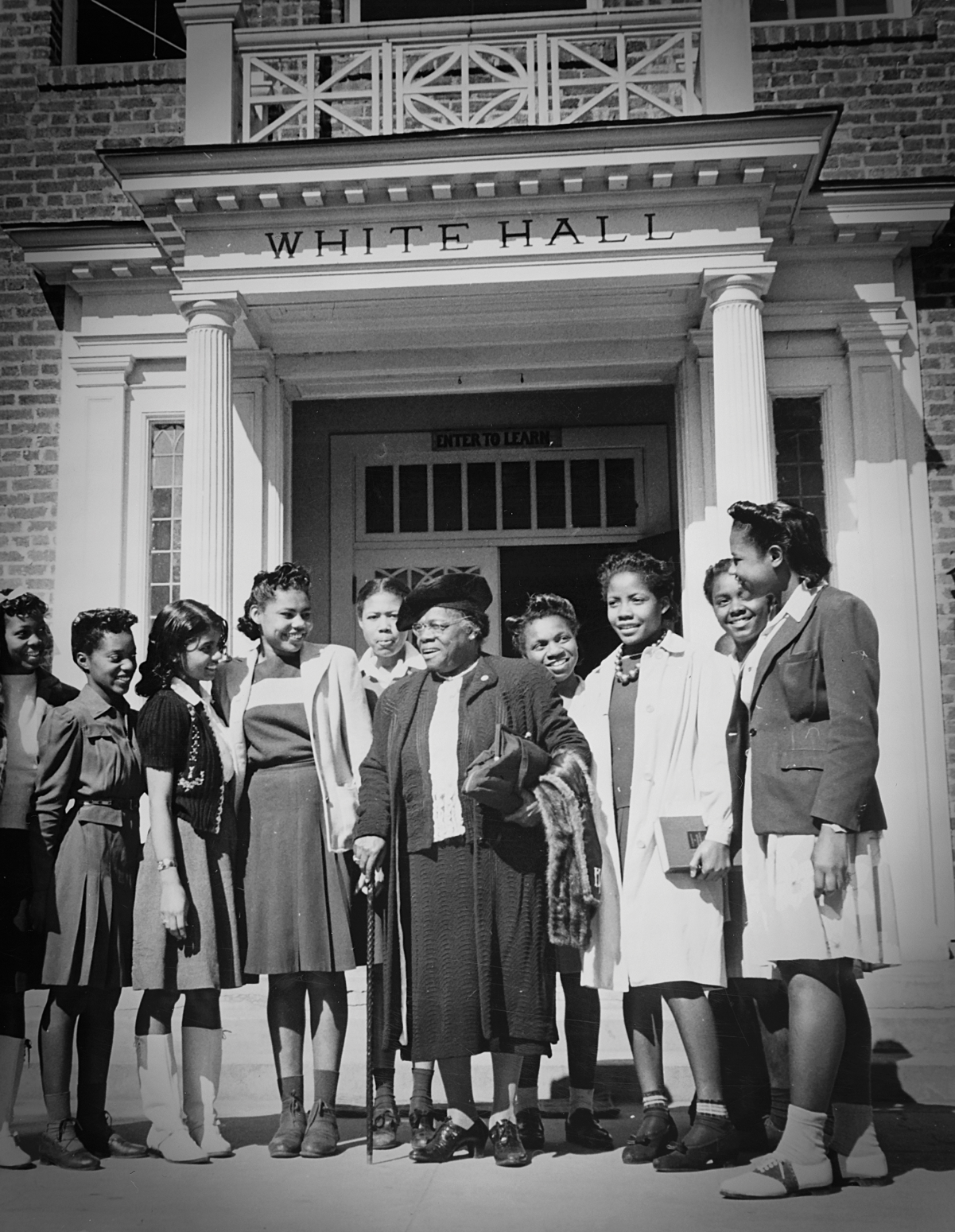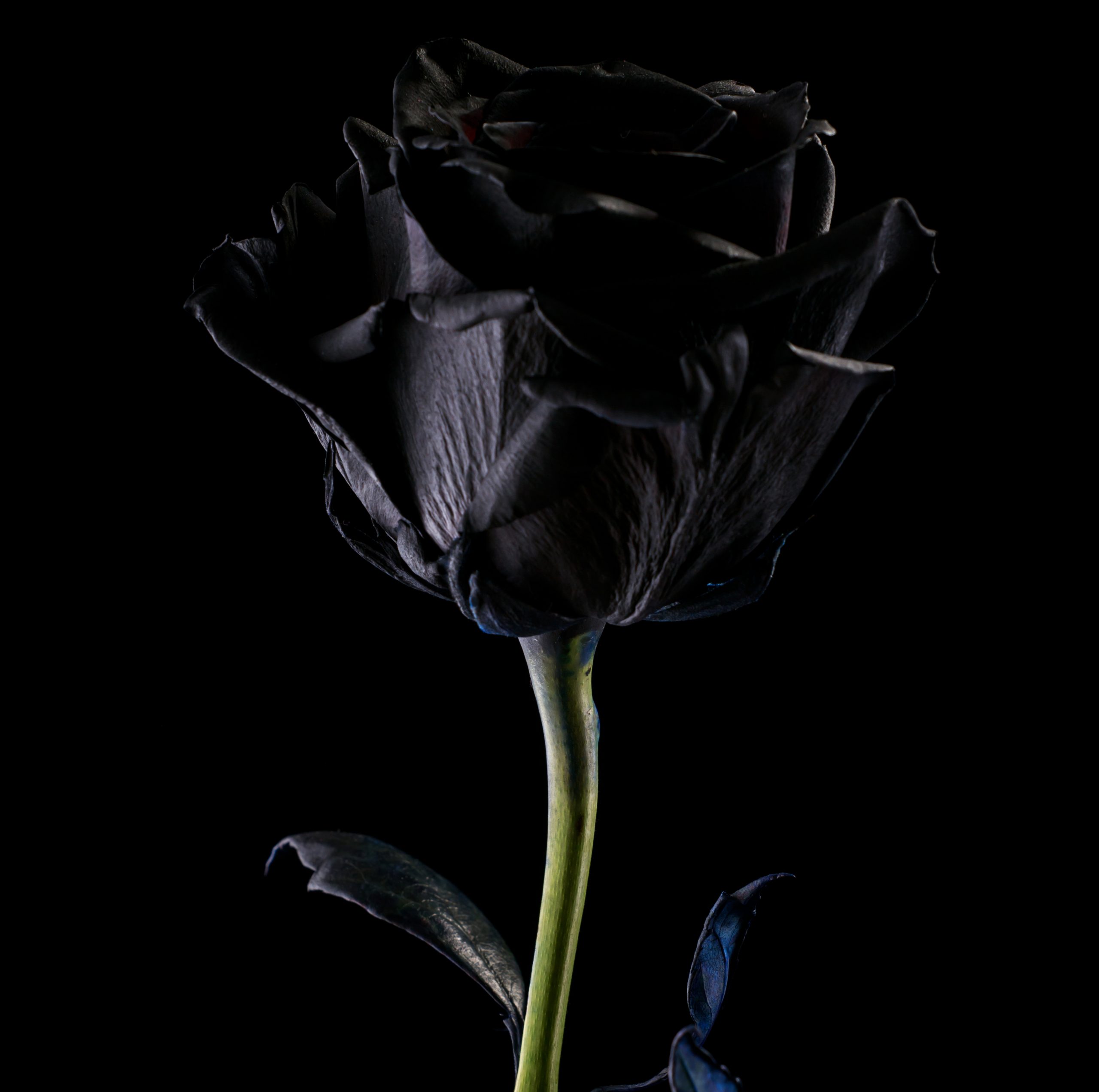Most people never get a chance to make history even once in their lives. For Nilda Comas, that chance has come not once, but twice. The Puerto Rican-born artist is the first Hispanic sculptor chosen to create a piece for the National Statuary Hall, and her subject, Mary McLeod Bethune, will be the first African-American woman to represent a U.S. state in the gallery in the U.S. Capitol.
“It was about time,” Comas said in an interview produced by local insurance giant Brown & Brown highlighting the effort to honor Bethune. “It’s about time that a woman would be in the National Statuary Hall and an African-American, and I will be the first Hispanic sculptor. It is very exciting.”
In the video, Comas said she was one of 1,600 applicants who responded to a call for artists from the Florida Division of Cultural Affairs. And of the 10 finalists selected, she was the only female artist.
“I was the only one who could work in marble or bronze,” she said. “And I didn’t know who I was going to sculpt at the time. I knew that to be in the Capitol and (the) highest honor in history has been to do a sculpture in marble at the National Statuary Hall.”
Her excitement at the prospect of taking such a high-profile commission only increased when she learned her subject would be Mary McLeod Bethune.
“I was excited,” she said. “I wanted to learn everything about her.”
Comas said she traveled to Bethune’s birthplace in Mayesville, South Carolina and visited the Daytona Beach campus of Bethune-Cookman University as well as the Library of Congress.
“I studied 284 photographs (of Bethune) and I got to study as much as I could and meet people that knew her,” she said. “The more I knew about her the more excited I was about doing her sculpture.”
With such a prestigious assignment, Comas knew exactly where she needed to go to create the statue and where to find the perfect piece of marble: Pietrasanta, Italy. The town, located on the coast of northern Tuscany near the foothills of the Italian Alps, boasts some of the finest marble available in the world.


